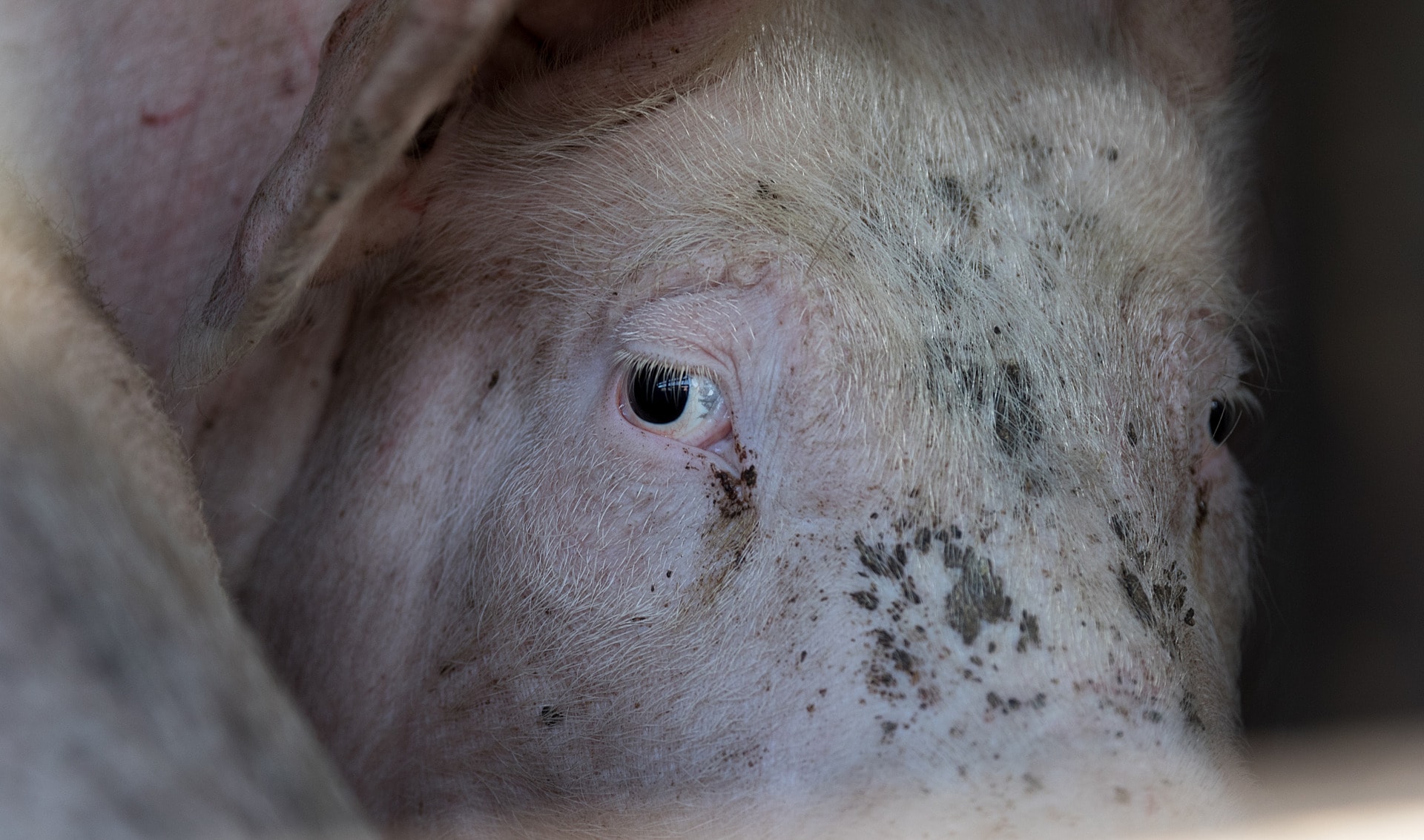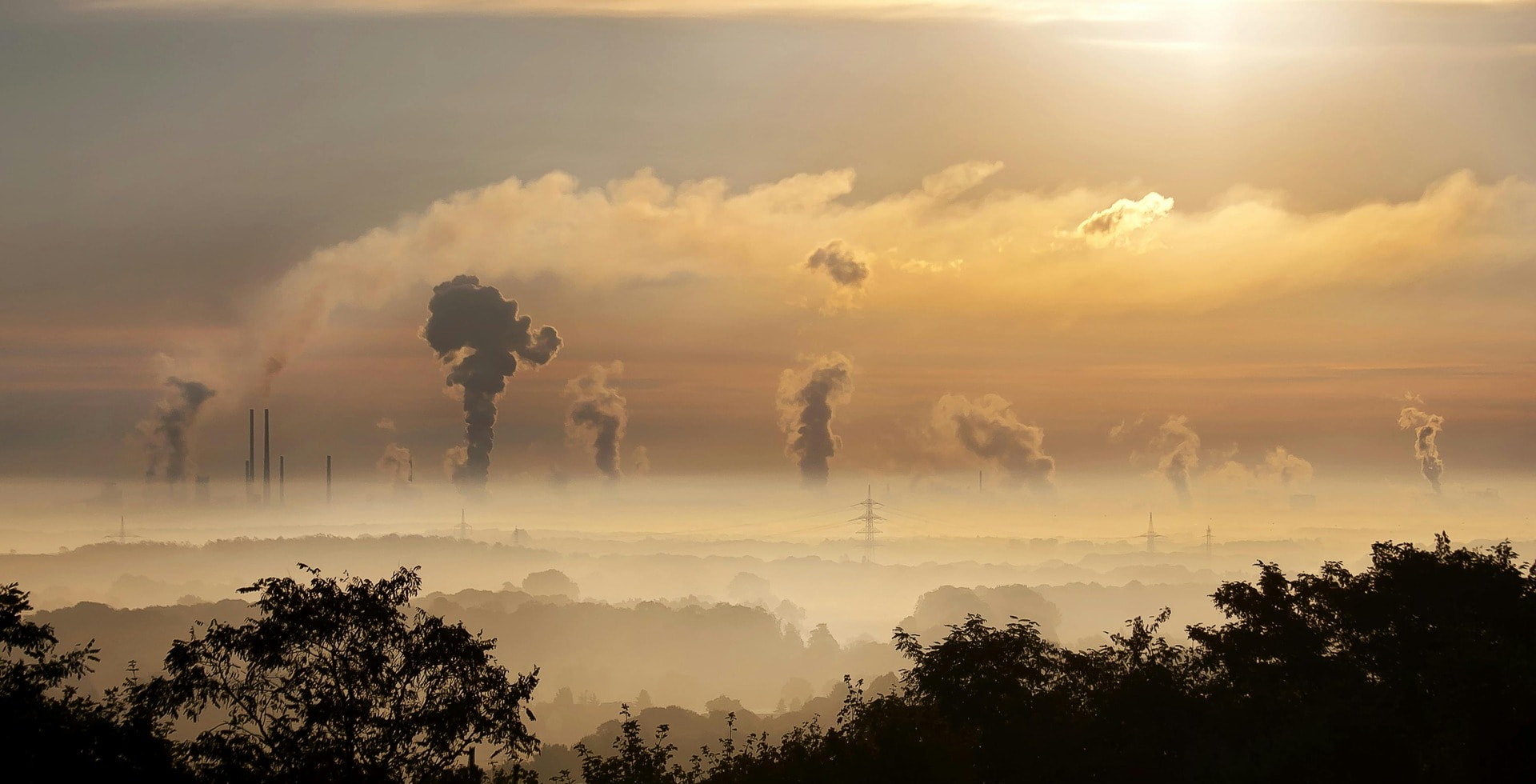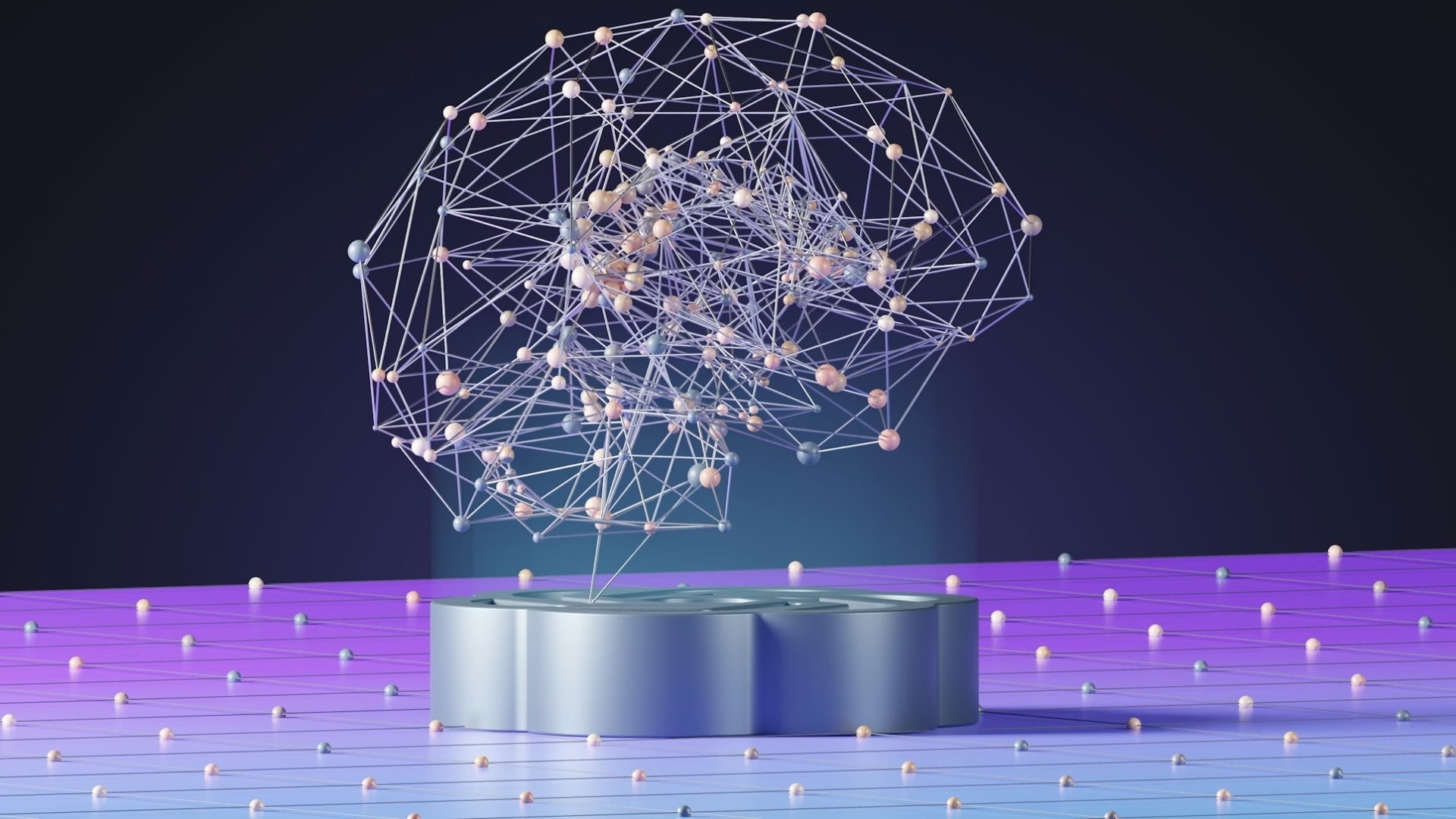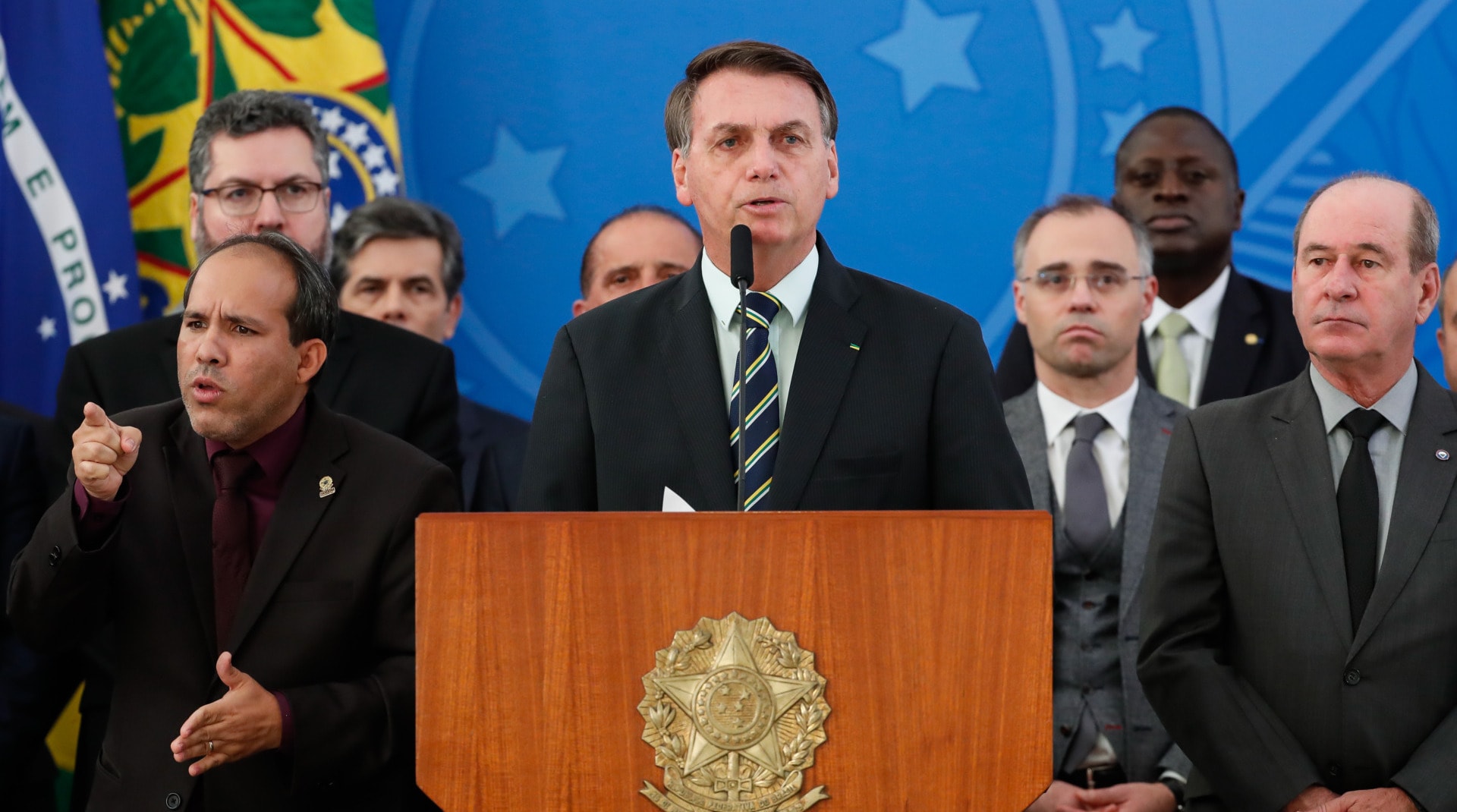The problem with plastic lies in its very name. Deriving from Greek, etymologically it means “to mould” (plasma), as in to bend, but never to break. Or, never to break down as the case may be.
The power of plastic’s enduring molecular pliability has now ingrained itself in our language, producing new words, such as rhinoplasty, plastiglomerate (a plastic-lithic matrix of matter) and now, in a most unfortunate lexical evolution, “plasticosis.”
Scientists at the Natural History Museum conducted a decade-long study on the most plastic-contaminated birds in the world, flesh-footed Shearwaters, living on Lord Howe Island 600 kilometres off the coast of Australia.
In a groundbreaking discovery, they found that the seabirds have contracted a new type of plastic-induced fibrotic disease, coined “plasticosis,” with plastic ingestion being seen to cause excessive amounts of scarring in the proventriculus, the first chamber of the bird’s stomach.
“This study is the first time that stomach tissue has been investigated in this way and shows that plastic consumption can cause serious damage to these birds’ digestive system,” reports Dr Alex Bond, co-author of the study and Principle Curator and Curator in Charge of Birds at the Museum.
"Plasticosis" – a disease in seabirds caused exclusively by the ingestion of #plasticPollution (and not other indigestible material) – was confirmed in wild shearwaters in Australia.
Scarring and loss of tissue structure in stomachs primary effects.https://t.co/FjkWRecJZt pic.twitter.com/4nKqv1Dcd7— Scott Coffin, Ph.D. (@DrSCoffin) March 3, 2023
The Impact
Collagen, the primary component of scar tissue, was an indicator for fibrosis in the birds, with the scientists finding a linearity between ingested plastic and the elevated prevalence of collagen.
Scar tissue is helpful in strengthening a repair after an injury but in excess, causes constant inflammation of the wound site. This can change the structure of the tissues, reducing their flexibility which is detrimental to the functioning of the digestive system and other parts of the body as well.
The scientists also found that the inorganic matter of pumice stone in the stomach did not add any variation to collagen deposition.
It is speculated that the birds consumed the pumice as a digestive aid. It may break the plastic into a smaller, more digestible form, but it could equally cause further damage by creating smaller plastic shards liable to become embedded in tissue, or absorbed into the bloodstream to cause other sublethal effects.
“A microbead can pass through a bird’s gut, but it leaves a trail of toxins behind,” Dr Bond explains.
A Diet of Plastic
Research that the scientists conducted leading up to this reveals the scale at which plastic has hijacked the seabirds’ relationship with their ecosystem.
Balloon clips, lego, biro lids and toy-parts are among the items pulled from the birds’ stomachs, in place of fish and squid. This diet carries over to that of Shearwater chicks.
In some years, they have found that there is at least one piece of plastic in between 80 and 90% of the stomachs of all chicks studied. In a record case, the research team found that a chick had consumed 274 pieces of plastic, weighing 64 grams.

It is yet unknown why seabirds are attracted to a plastic diet over a natural one. However, it is found that in most cases, plastic-induced malnutrition is a death sentence to a bird, particularly to potential fledglings who are expected to migrate independently from Australia to Japan.
In light of this, the scientists flush the chicks’ stomachs when they first emerge from their earth burrows, before they make their maiden voyage.
Seabirds are considered by researchers to be reliable indicators of the state of the ocean’s wider health due to their position at the top of the marine food chain and dependence on healthy ocean ecosystems. Their status within global bird populations has declined significantly over the last couple of decades.
Once celebrated as a means to protect animals from human resource exploitation, plastic has now become a lethal threat to wildlife. This is not only an inherent calamity, but one that is also concerning for all earthly life including humans.
A Problem of Our Own Making
We have all seen the grotesque and tragic picture of a plastic-infested seagull paraded across our screens with modest concern during the last segment of news night. However, our anthropogenic arrogance stops us from realising that the seabird may be foretelling our own fate.
Whilst we are unlikely to mistake a toy car for a bagel, microplastics have become an insidious presence in our own ecosystem that are exposing us to serious health problems, potentially including plasticosis (the presence of which has not yet been investigated in humans).
It's estimated that there are over 51 trillion pieces of microplastic in the ocean.
Microplastics are less than 5 millimeters long. For a visual representation, think of a sesame seed.
Now imagine trillions of sesame-seed sized plastics floating in the ocean every day. pic.twitter.com/ffKykkExQ4
— 4ocean (@4ocean) February 27, 2023
Microplastics are plastic pieces that measure less than five millimetres. Although measures have been taken to ban purposefully produced microplastics such as microbeads, they don’t prevent the fragmentation of macroplastics by natural processes that will eventually break them down into the size of indestructible dust particles.
Marine biologist and microplastics expert Dr Lucy Woodall sheds light on the scale of the issue, writing:
“Microplastics are probably in every food we eat. They’re in my cup of tea. I am breathing them in. We are exposed to them every day.”
Plastic is a material component of almost everything we use, from furniture to packaging, to clothes, the latter 64% of which is composed of plastics such as polyester, nylon, acrylic and polyamide.
The life cycle of a microplastic is exemplified in the consequences of washing these fabrics. The friction created in the washing machine sheds millions of microfibres that drain out of our pipes through wastewater treatment plants into the sea.
Once in the ocean, they are vulnerable to “hitchhiking” pathogenic microbes that colonise on microplastics, forming biofilms on their surfaces.
They also attract hydrophobic organic pollutants, serving as ideal life rafts for them to cling to across the ocean, impacting ecosystems and food chains that will eventually make their way back up to humans.
What This Means for Human Health
Among these hydrophobic organic pollutants are PFAS, which stands for per- and polyfluoroalkyl substances, a class of about 9,000 synthetic compounds used to make consumer products ranging from clothing to cleaning products. They are known as “forever chemicals” due to their resistance to water, stains and heat as well as their inability to break down.
Through accumulation in humans, the chemicals have been linked to a variety of health problems including cancer, birth defects, fertility, decreased immunity and diseases of organs.
It has been reported this year how far and at what concentration the PFAS are spreading. They have been found at about 17,000 sites across Europe, with high concentrations of more than 1,000 nanograms per litre of water at around 640 sites and above 10,000 nanograms per litre at 300 locations.
Researchers worldwide have also found PFAS chemicals in 12 species of fish in Michigan rivers and even Norwegian Arctic ice has not escaped contamination.
What Is Being Done?
There is a call for better worldwide regulation of “forever chemicals” with progress to mitigate their damage being criticised for being too slow in light of the reports above.
It is WAY past time for @EPA to act to set enforceable and health protective drinking water standards for #PFAS #foreverchemicals:@MarkRuffalo @DarkWatersMovie #ExposureBook @rightlivelihood @YaleSPH @ewg @Taftlaw @Participant @thinkfilmimpact https://t.co/KHcUBLY1NP
— Robert Bilott (@RobertBilott) March 4, 2023
The ECHA (European Chemicals Agency) has published a PFAS restriction proposal with a six-month consultation on it beginning on March 22, 2023. Meanwhile, the UK lags behind with only two out of thousands of PFAS regulated.
In addition, breaking research has produced an estimate that there are already over 171 trillion pieces of plastic floating in our oceans. Plastic production is estimated to double over the next twenty years and quadruple by 2050 worldwide. With recycling exposed as largely ineffective, plastic consumption is an iceberg that will surely sink us without worldwide restriction and a new approach to our plastic consumption.
Related Articles: EU Takes Action on Forever Chemicals, But Will It Be Enough? | Plastic Recycling: Ditch it or Improve it? | New UN Treaty Focused on Plastic Pollution | Seven Out of 10 People Want Binding Global Rules to End Plastic Pollution, Survey Finds | 4 Ways to Reduce Plastic Pollution
Hope has recently presented itself in the form of the High Seas Treaty, an agreement two decades in the making, enabling the Global Biodiversity Framework to commit countries to protect at least 30% of the ocean and to restore 30% of degraded areas by 2030.
World economies are also crucial to making better progress by investing in green technology that focuses on sustainably accelerating plastic decomposition and innovating plastic alternatives.
If we transition to these organic alternatives, there is not only hope to steer this ship back on course but a chance to foster a deeper appreciation and thereby better protection of the natural world that our health depends on.
#worldoceansummit. There was much talk of the sustainable blue economy. My view? Our top priorty should be to 1st make the Ocean "wealthy" in terms of biodiversity, function & culture. Only as part of a healthy ocean ecosystem, can we derive true value, way beyond making money! pic.twitter.com/iAtZvpRjat
— Prof Steve Widdicombe (@steve_swi) March 2, 2023
What We Can Do
The most impactful eco-consciousness literally begins within ourselves, at home, with “eco” deriving from the Greek for house, “oikos.”
Humans need to change our habits regarding our power of demand in the plastic economy, and become more mindful of where we fit within our ecosystems, meditate on the possible consequences of our choices and make better ones within our limits of power.
If we were to better hold the interconnectedness of all earthly life in our minds, perhaps humans could develop a stronger eco-conscious. As environmental studies professor and author of “The Social Creation of Nature,” Neil Evernden asks: “Where does one organism stop and another begin?”
Indeed, that essential concept of the interconnectedness of everything and everyone on this planet – between humans, animals and the environment – is what is at the heart of the One Health approach to public health, calling for close collaboration between medical, veterinary and environmental science professionals.
Editor’s Note: The opinions expressed here by the authors are their own, not those of Impakter.com — In the Featured Photo: A seagull picking up a plastic glove with her beak. Featured Photo Credit: Blandine Joannic.













